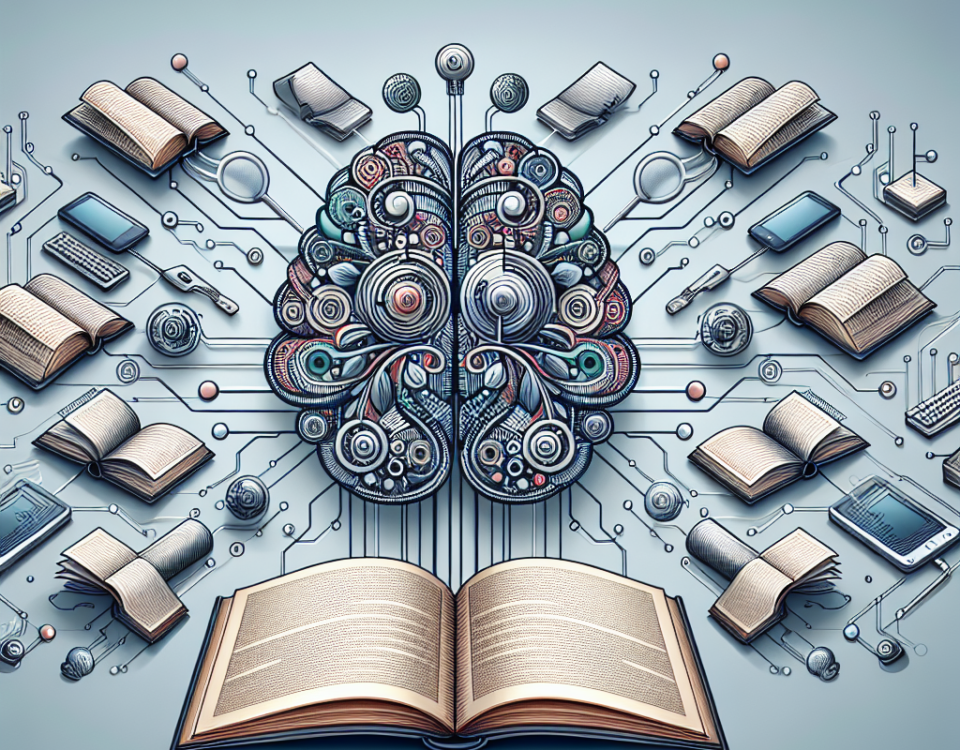
Interesting Experiences from Job Interviews – Part 2
December 7, 2024
Emotional Intelligence (EQ) for Project Managers: A Key to Success in Management
December 14, 2024Recognizing New Employees Should Be Like Brewing Tea
This article draws from my personal experiences in human resources and employee management, enhanced with the help of ChatGPT. Over the years, I’ve come to realize that employee evaluation through follow-up interviews is one of the most effective strategies for identifying talent, improving retention, and helping individuals reach their full potential. The ideas shared here have been carefully developed and translated into English to ensure clarity and impact.
Hiring Is Only the Beginning
One of the most important lessons I’ve learned is that employee evaluation through follow-up interviews is essential to long-term success. While hiring the right people is crucial, it is not enough. We’ve had situations where someone was hired as a developer, manager, or administrative staff—only to realize later that the role wasn’t the right fit. Sometimes, we mutually ended the collaboration. These experiences led me to a deeper truth:
A good hire is like marriage—true understanding begins after the collaboration starts.
Brewing Recognition: A Human Resources Perspective
Just as tea takes time to brew and reveal its true flavor, recognizing an employee’s strengths and weaknesses requires patience, trust, and opportunity. It’s unrealistic to expect full clarity in the first few interviews or months of employment.
To address this, I recommend a few systematic practices:
1. Repeat Job Interviews
Conduct structured follow-up interviews after 3 months, 6 months, and then annually. These should go beyond performance reviews.
Instead, treat them as opportunities for constructive dialogue, honest feedback, and career development planning.
2. Facilitate Internal Transfers
Many employees have hidden talents waiting to be discovered. An average performer in one team might become a high-achiever in another.
Like player transfers in sports, these role shifts can lead to major wins for both the individual and the company.
3. Create Opportunities to Discover Talents
Encourage exploration within the organization. Some people struggle not because of lack of talent—but because they’re in the wrong role.
Rotating roles or assigning temporary tasks outside their department can reveal surprising potential.
The Role of HR Coaching
This approach depends heavily on active involvement from HR and coaching professionals. A strong system for employee evaluation through follow-up interviews helps achieve:
-
Accurate mapping of strengths and weaknesses
-
Open, consistent feedback loops
-
Opportunities for evolving roles and responsibilities
-
Talent retention and meaningful growth
Conclusion: Growth Is a Process, Not a Moment
Just like tea needs time to reach its best flavor, truly understanding your employees takes time, repetition, and care. Employee evaluation through follow-up interviews is not an administrative task—it’s a growth strategy.
A great hire isn’t the end—it’s the beginning of a shared journey. Through coaching, feedback, and smart internal movement, we can nurture stars from within and fuel sustainable organizational success.
Warm regards,
Mohammad Madani
CEO










